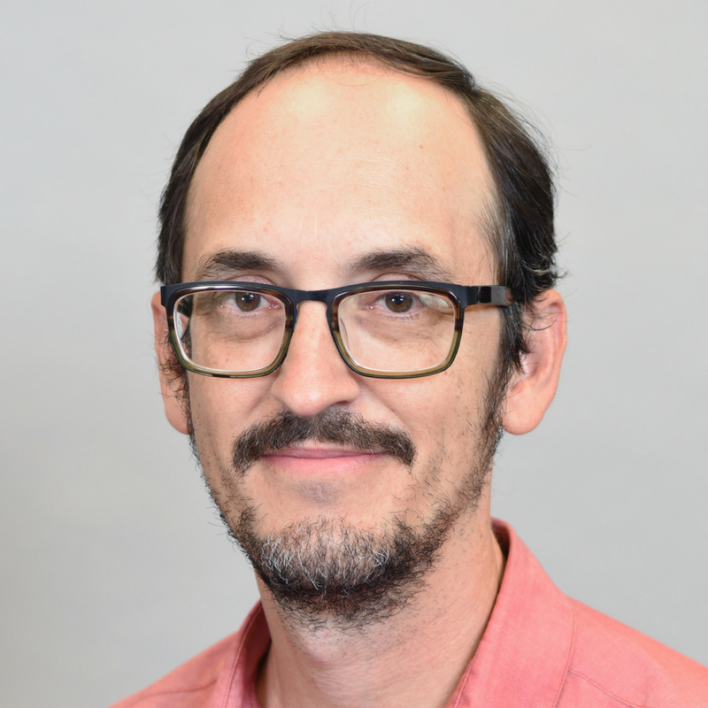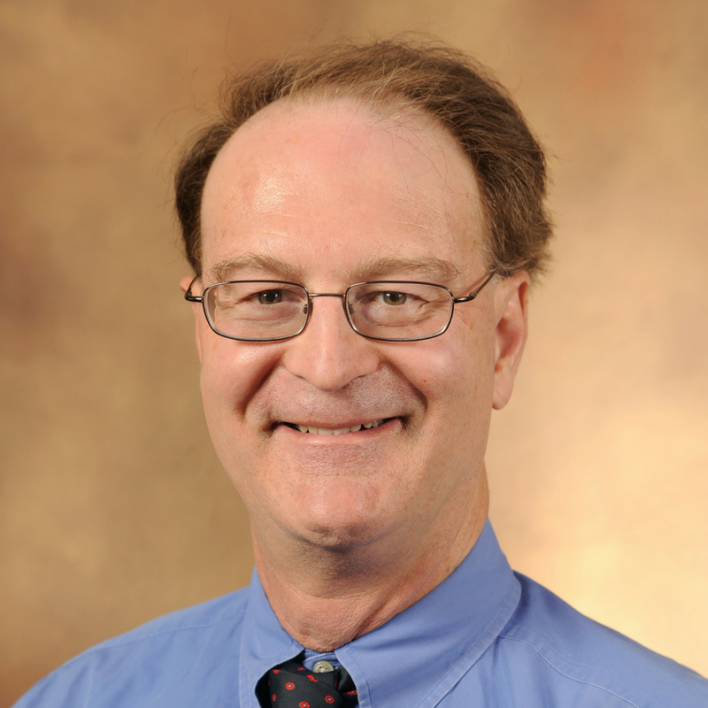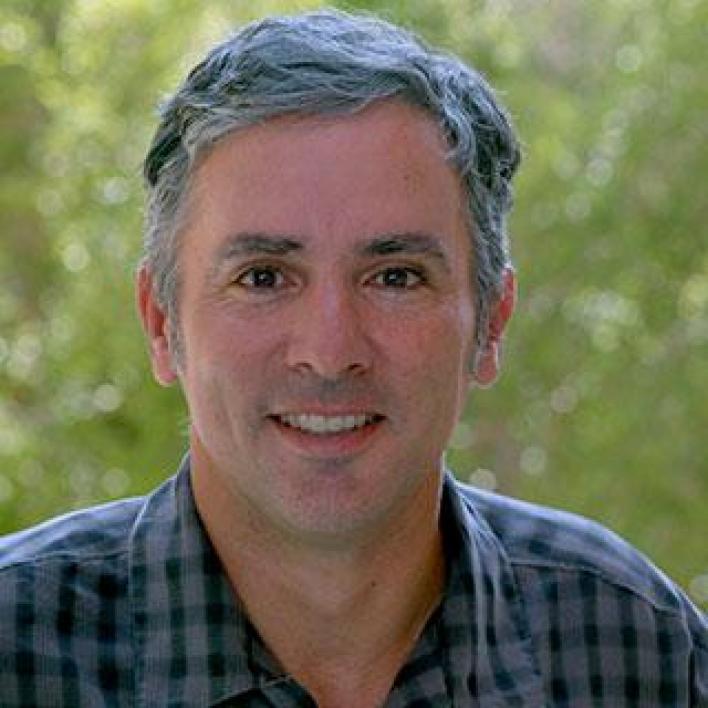As NSF grant ends, ASU-led Sustainable Phosphorus Alliance continues to grow

Phosphorus runoff can cause harmful algal blooms that endanger wildlife and business in areas like the Great Lakes region. Image courtesy: NASA.
Following a five-year National Science Foundation grant, the Sustainable Phosphorus Alliance continues to grow to take on the phosphorus problem in the global food system. Phosphorus, a basic element found in all living things, enables modern agriculture as a key component of most fertilizers. But phosphorus also poses a serious threat to the environment.
Phosphorus runoff contaminates rivers, lakes, and streams, providing an overabundance of nutrients that leads to toxic algal blooms.
“We have highly impaired waters all over the United States that are causing major economic damage and killing wildlife, so this is a huge issue,” said Matthew Scholz, research professional and senior sustainability scientist at Arizona State University.
Scholz is program manager for the National Science Foundation’s Phosphorus Sustainability Research Coordination Network (RCN) and the Sustainable Phosphorus Alliance, housed in the Biodesign Swette Center for Environmental Biotechnology. He describes the alliance as an industry nonprofit, and one of the major deliverables from the NSF grant.
“We are very focused at this phase on implementation of sustainable phosphorus solutions,” Scholz said. “We have done five years of research in our prior project with our NSF grant and now we are working with industry to affect some change.”
Attracting industry attention
The Sustainable Phosphorus Alliance recently received a second round of funding from the OCP Group, a Moroccan mining company that owns the largest deposits of phosphate rock in the world. OCP has already provided the Alliance with $200,000 in funding and will provide an additional $150,000 over the next three years.
Scholz said phosphorus pollution is a major issue for the industry, so their support of the alliance shows, “they are trying to take a more proactive stewardship role.”
OCP staff first attended an Alliance event in 2015, and Bruce Rittmann, director of the Biodesign Swette Center for Environmental Biotechnology and a Regents’ Professor at ASU, gave a talk at an OCP event in Morocco earlier this year.
The alliance grew out of industry interest in phosphorus sustainability and recycling during the original NSF grant period, which brought together dozens of researchers from around the world. Scholz said they wanted to broaden the network while the grant was extended for an additional period.
Forging new partnerships
This year, the alliance grew to nine member organizations representing different stages of the phosphorus value chain, Scholz said.
“We’ve made our first forays into the composting industry, which is interesting because OCP represents the beginning of the value chain for phosphorus, they are pulling it out of the ground, and then composting is at the very end, they are the folks taking the food waste and turning it into nutrients,” he said. “If you think about those two, if you want to close the loop, those are your end players and everyone sits in between, and that is our mission, to bring all the different nodes together along that value chain and get them to interact and think about how to manage phosphorus more sustainably.”
“It’s a really complex problem and there aren’t any silver bullet solutions,” Scholz said. But he points to innovative agricultural techniques that could help, like extracting legacy phosphorus from the soil, practicing regenerative farming or reducing tilling.
“There is a whole suite of practices, this is kind of ‘known art,’ that has not necessarily been disseminated, so there is room for education.”
An outreach mission
The alliance hosted a Phosphorus Forum in Washington, D.C. in May with more than 80 attendees, which Scholz said is “quite a good response for such a narrow topic.” The alliance also distributes a quarterly newsletter and publishes daily updates on Twitter, @SustainP, reaching hundreds of interested professionals.
On Nov. 16, the alliance will livestream “Extreme Climate, Extreme Phosphorus,” a webinar about the impact of climate change on phosphorus issues. Scholz said he anticipates more extreme weather events like hurricanes or flash flooding will cause erosion and runoff, push nutrients like phosphorus into waterways and lead to harmful algal blooms.
Upcoming alliance projects will focus on the land application of fertilizers because agriculture remains “the main driver of phosphorus use and unfortunately phosphorus pollution as well,” Scholz said.
He hopes to educate more people about the problem of phosphorus pollution and recruit more companies to grow the Alliance.
“A large part of this moves based on corporate initiative,” he said. “A lot of this happens beyond the regulatory sphere.”
The Sustainable Phosphorus Alliance is North America’s central forum and advocate for the sustainable use, recovery, and recycling of phosphorus in the food system. Its director is James Elser from the ASU School of Life Sciences, and it is located at the Biodesign Institute at Arizona State University in the Biodesign Swette Center for Environmental Biotechnology with the support of center director Bruce Rittmann. For more information visit phosphorusalliance.org.
More Environment and sustainability

Charles Redman, founder of the School of Sustainability, faces a new adventure: Retirement
At the retirement celebration for Charles Redman on Oct. 22, two messages persisted: Redman’s contributions to Arizona State…

10 climate insights to guide our future
A group of globally renowned social, natural and climate scientists has once again convened to offer their newest annual…

The future is green: Job demand translates to high employability for ASU sustainability grads
A 2023 report by Forbes on the state of green jobs confirmed what Arizona State University has been trumpeting for years:…


